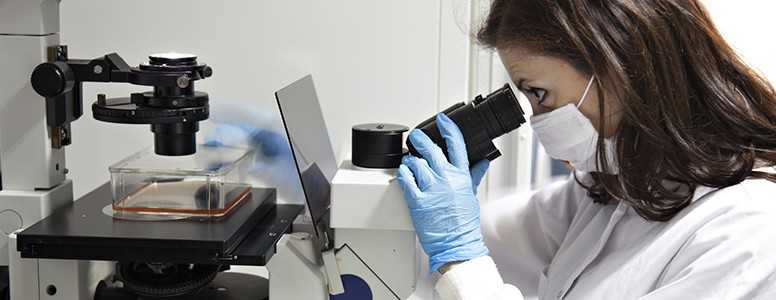Researchers at the New York Stem Cell Foundation (NYSCF) Research Institute have designed a robotic platform that allows the user to look at vast, varied populations of human stem cells, and tailor treatment to individual patients accordingly.
The platform, known as the NYSCF Global Stem Cell Array, enables researchers to turn any cell into induced pluripotent cells, which are capable of any other cell type in the body. In other words, the platform gives the user much greater access to a wide variety of stem cells, including heart cells and liver cells.
The Global Stem Cell Array essentially makes it possible to conduct ‘clinical trials in a dish,’ so that treatments for various diseases are tailored to individual patients before they take them. This could be particularly useful for diabetes medication, to which people often respond in different and unexpected ways as a result of their metabolism.
“Our goal is to understand and treat diseases,” said NYSCF Research Institute CEO and Founder Susan L. Solomo, who authored the paper.
“This is not an artisanal pursuit. Researchers need to look at genetically diverse populations at scale, which means creating large numbers of standardised, human pluripotent stem cells. The NYSCF Global Stem Cell Array’s massive parallel processing capabilities make this research possible.
“This has the potential to save billions of dollars in drug development and limit the dangers of people participating in those clinical trials; dramatically reducing the amount of time currently spent on human clinical trials.”
By easing the process of working out how different drugs will affect different patients, the platform should speed up the entire process of treating diseases.
Dr. Thomas Singer, Senior Vice President of F. Hoffmann-La Roche Ltd., Pharmaceuticals Division, said: “The capacity to test drugs on thousands of patients in a dish will change how we cure disease. We will be more informed about how drug candidates will behave in patients before the clinical trial phase accelerating the discovery process.
“This technology will enable us to bring precision medicine treatments and personalised pharmaceuticals to more patients.”
Dr. Scott Noggle, NYSCF Vice President of Stem Cell Research and senior author of the paper, said:
“For many common diseases such as diabetes and Alzheimer’s, using stem cell models to understand these diseases has relied on a few rare genetic mutations affecting only a small percentage of all sufferers,”
“However, it has been difficult to study the more common genetic risk factors that affect the majority of patients with these diseases using stem cell models.”
The platform is not the only way to produce iPS cells (the cells which can be transformed into any kind of cell), but it does make the process much easier. The current process involves manually altering skin cells to make them act like embryonic stem cells. But this process is at risk of human error, and the results tend to fluctuate.
The research was published in Nature Methods.
What's new on the forum? ⭐️
Get our free newsletters
Stay up to date with the latest news, research and breakthroughs.


